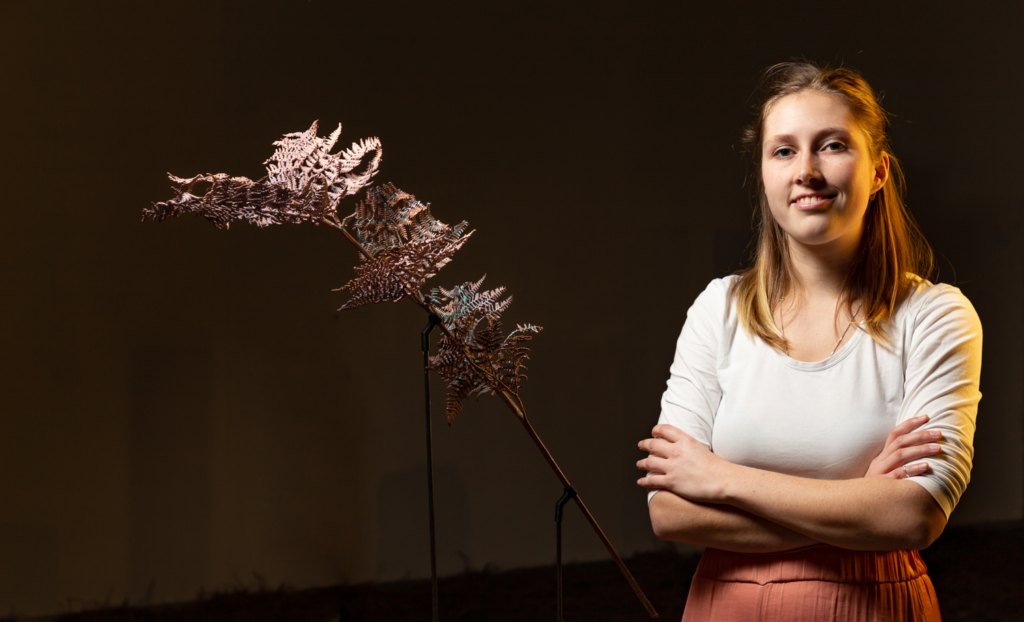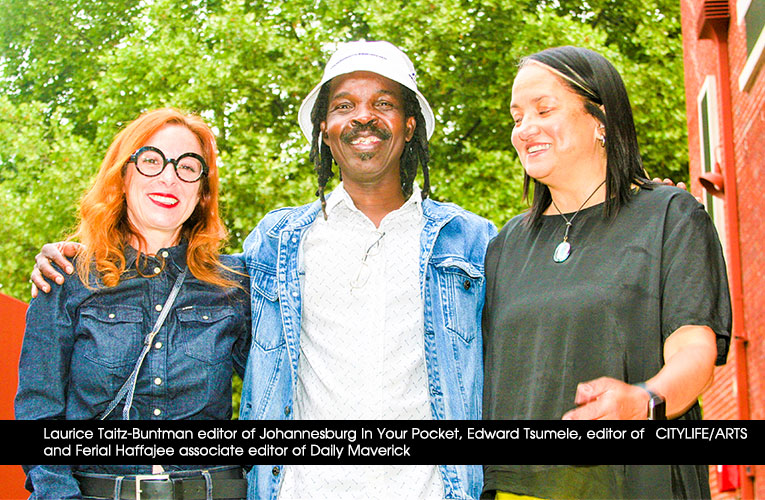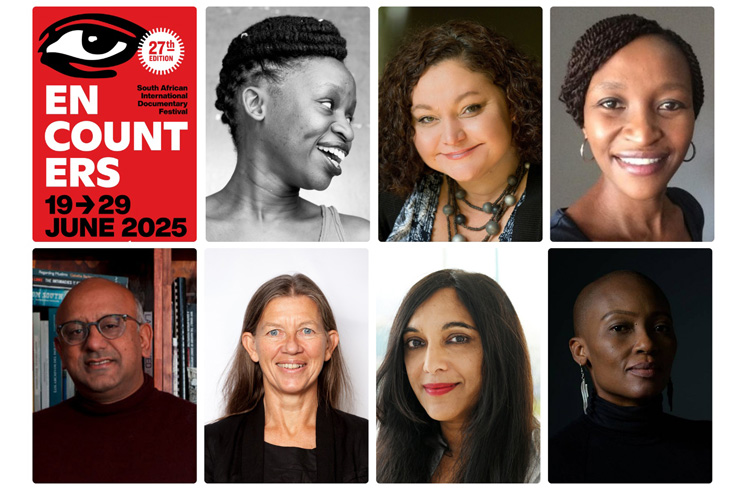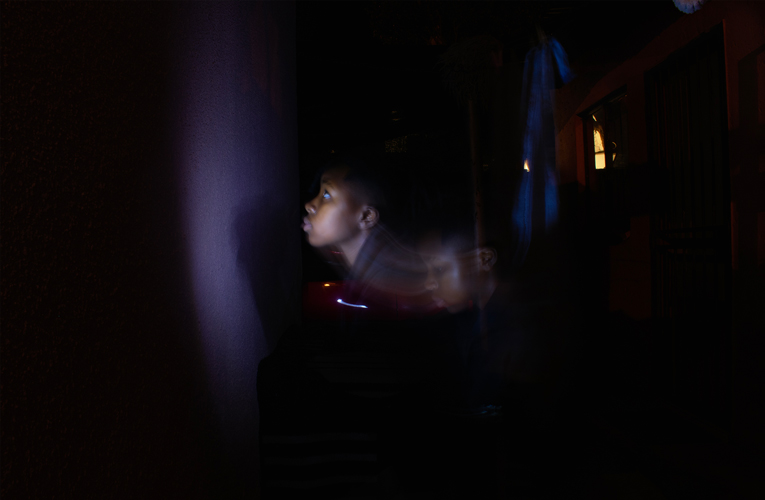Choose the best example of your work for Sasol New Signatures competition
By Cate Terblanche

Winning the Sasol New Signatures Art Competition is something every emerging artist strives for, and every year we receive hundreds of entries, but sadly, only a few of these works are chosen to go through to the finals, and only seven of these receive the top accolades. I have seen the heartache experienced by so many young artists when their artworks are not selected and want to offer some advice for those considering entering the competition.
We are often asked about the lack of individual feedback in the submission phase of the competition. This is unfortunately due to the high volumes of works submitted, we are just not able to give individual feedback due to our limited capacity. However, many of the artworks are disqualified in the regional rounds based on a number of recurring issues. In this series of blogs, I will provide you with some insight into some of the common mistakes made during submissions, as well as tips on how to choose and prepare your entry to ensure that it receives the most favourable chance of being selected.
In this blog, I focus on some of the considerations to bear in mind when choosing artworks to submit.
CHOOSING ARTWORKS TO ENTER


Your choice of artwork/s to submit is the first and most crucial decision you need to make. Your artwork will be representing you, who you are as a person, your skills and artistic ability, your thinking and your values, so make sure that you are very critical about the work you choose to enter. Do not choose a work based purely on your own affinity for it, but rather base it on what you want to share with the judges, and ultimately the public at large.
Keep in mind that our judges are looking to award the winning prize to an up and coming artist who shows potential to sustain a productive career in the art industry. Therefore, the work/s you choose to submit must not only showcase your creative thinking, your artistic talents and skills, but also the potential to translate into a solo show, as well as a sustained career in the arts.
I would encourage you to browse through the previous editions of the online catalogues available on the website to familiarise yourself with the types of works which have been selected in previous years. Use this as a comparative guide to judge your own work, but avoid submitting works which are just uninspired duplicates of works from previous years.
While the judges acknowledge that emerging artists don’t necessarily have the expertise and skills of a more established artist and allow some leeway in this respect, they generally agree that the works should adhere to the following standards:
- Regardless of media used, the artist should show an above average understanding of their craft. Technical execution is vital. Most works are eliminated in the regional rounds due to a lack of technical skill.
- Many emerging artists struggle with formulating appropriate artist statements, but the artist should be able to articulate their ideas in a way that logically relates to the artwork. The artwork should provide the viewer with a thought, idea or concept over and above the visual aspects.
- The work should demonstrate some level of originality, creative thinking and innovation.
You are allowed to submit two artworks, subject to the criteria mentioned in the entry form. This can either work in your favour, or against you. If you wish to showcase your ability to work in different media, ensure that the works ‘speak’ to each other on some level. Remember, the judges are looking for works which could translate into a solo exhibition, and this demonstrates that possibility. You may decide to enter two radically different works, but if you do, remember to treat them separately in your artist’s statement.
If you choose to enter two similar works, ensure that there is a narrative or conceptual link between the works. Many entrants make the mistake of submitting two works which do not differ much in technique or content, for instance two similar portraits both using the same medium, for example pen and ink. Unless the works are conceptually linked (in other words you’ve explained the link in the artist’s statement), submitting two versions of the same type of work does not usually attract a favourable outcome.
If you are currently producing a body of work for a degree at an art institution, be aware that the work you enter will be viewed outside of the context it has been produced in, and without the support of other artworks in the series or exhibition. You therefore need to consider how the work will function on its own. Think about whether that specific artwork can convey the message on its own. Do not just choose a random work from the series and hope that it will be understood, sometimes it is not the most visually appealing work which conveys this, but rather the work which most accurately speaks to the message you are wanting to convey. Also remember to adapt your artist’s statement to reflect the specific issues the work/s deal with.
IN A NUTSHELL
In summary, ensure that the artwork you choose to enter is the best example of your work, and that it highlights your technical abilities. Your ideas should be clearly formulated in your artist’s statement and should relate to the visual aspects of the work.
NEXT UP!
Do check out the other blogs in this series which focus on the main reasons why works are eliminated in the regional rounds, how to present your artwork, pricing your work and much more. Make sure not to miss this!
For more information on how to enter this year’s Sasol New Signatures Art Competition, visit our website and follow us on social media Facebook, Instagram, Twitter and Youtube.
.Cate Terblanche, is Art Curator, Sasol Art Collection.









